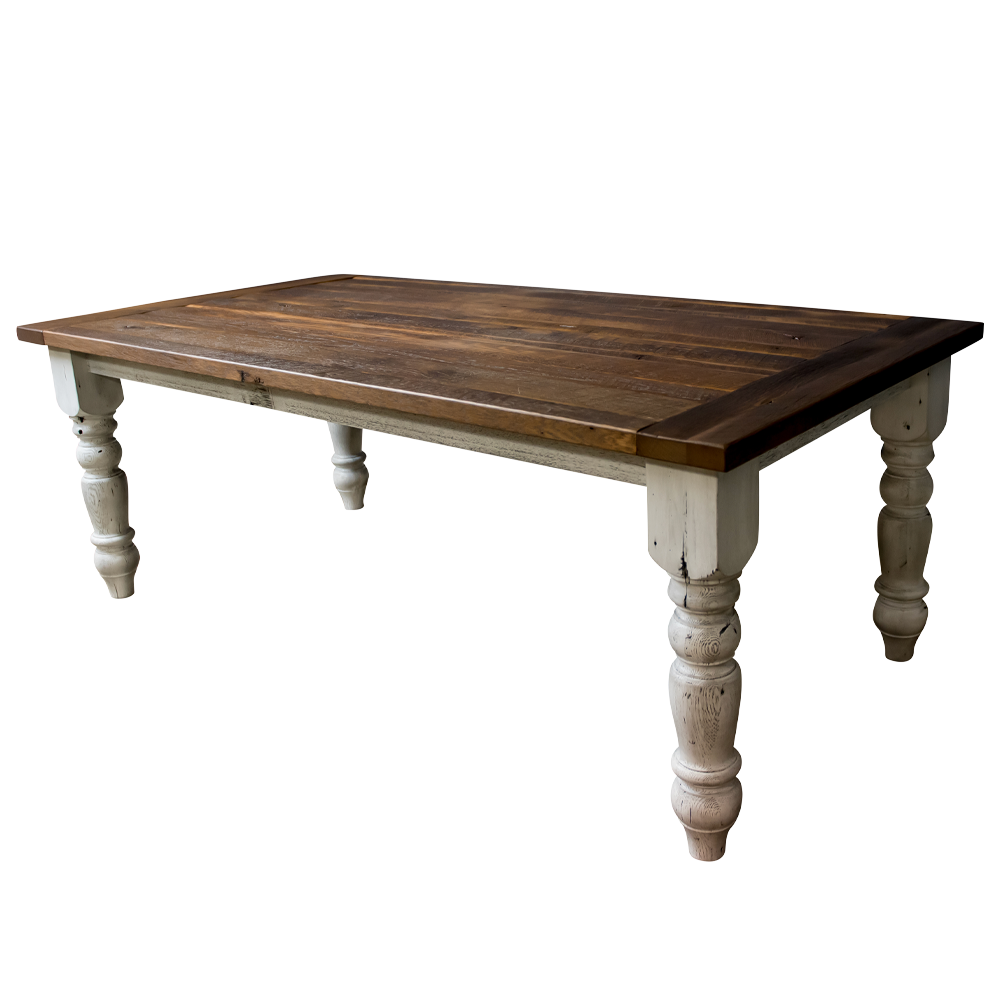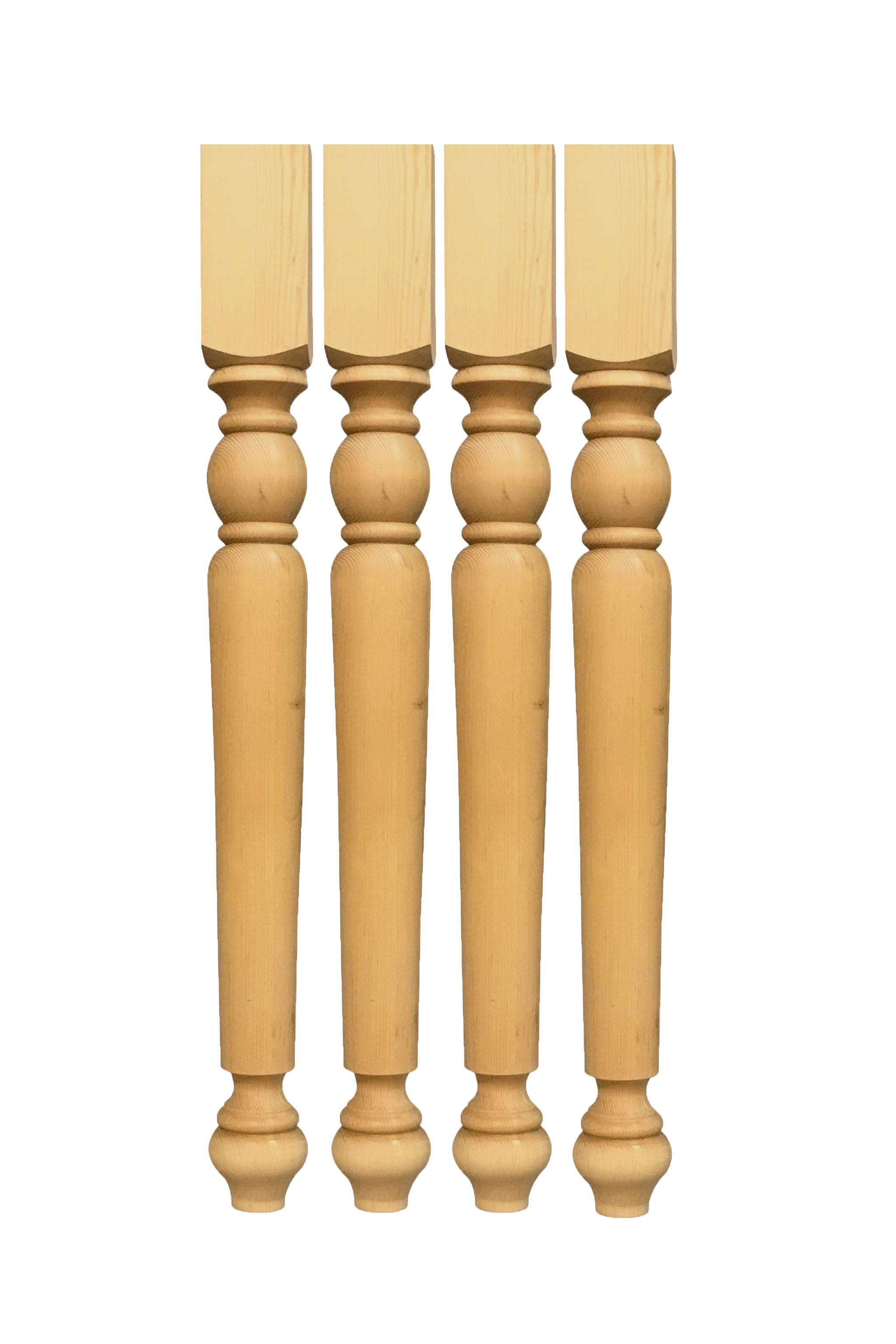Check Out Versatile Styles for Personalized Dining Table Legs Wood Solutions
Check Out Versatile Styles for Personalized Dining Table Legs Wood Solutions
Blog Article
Trick Aspects to Maintain in Mind for Eating Table Legs Wood Choices
When choosing timber for eating table legs, several important factors call for mindful consideration to make certain both functionality and aesthetic appeal. The option of wood type, defined by its longevity and one-of-a-kind grain patterns, plays a pivotal duty in the total style and long life of the item. Additionally, one need to ponder maintenance requirements and the ecological effects of sourcing materials. As these aspects intertwine, they substantially affect the last result of your dining table. Nevertheless, understanding the subtleties of each aspect can be complex, leading to important decisions that warrant further expedition.
Timber Types and Features
When choosing timber for eating table legs, it is vital to understand the one-of-a-kind attributes of different timber types. Various woods supply distinctive advantages and drawbacks, affecting both the durability and visual charm of the finished product.
Oak, known for its excellent sturdiness, additionally includes a popular grain that can add character to the table. Cherry wood, with its rich color that deepens over time, offers an extravagant look however may call for more upkeep to protect against scrapes.
On the various other hand, softwoods like ache and fir are much more affordable and simpler to collaborate with, yet they are much less sturdy than woods. Pine is light-weight and includes a warm, rustic appearance, making it a preferred choice for laid-back eating setups. It is more vulnerable to damages and scratches.
Recognizing these features will certainly help in making an educated choice to guarantee the legs of the dining table meet both visual and useful needs.
Grain Patterns and Appearance
The wood's grain is not just a visual attribute; it imparts an unique character and beauty to each item. Various timber types exhibit unique grain patterns, varying from the straight lines of maple to the intricate swirls of oak and the striking figure of walnut.
Moreover, the alignment and scale of the grain can influence the regarded size and beauty of the table. Larger, extra obvious grains may lend a vibrant, remarkable impact, while finer, subtler grains can produce a refined, understated look. Furthermore, the finishing procedure can even more improve these patterns, stressing the all-natural appeal of the wood and drawing out abundant hues.
Eventually, the choice of grain pattern ought to balance with various other design components, such as the table top and surrounding furnishings, making certain a natural aesthetic that raises the dining experience. Thoughtful option of timber grain not only adds to the table's charm yet also shows the owner's taste and design.
Sturdiness and Toughness
The resilience and stamina of dining table legs are paramount factors to consider for making certain longevity and stability in any eating area. Selecting the appropriate timber is crucial, as various varieties display differing degrees of strength.

Ultimately, investing in top quality wood and durable construction methods will generate a table that stands the test of time, while providing a dependable foundation for countless dishes shared amongst family and pals. Focusing on durability and stamina guarantees that your table remains practical and visually pleasing for years to come.
Upkeep and Care
Correct maintenance and care are crucial for maintaining the durability and stamina of eating table legs made from timber. Normal cleaning is necessary; utilizing a soft, moist towel guarantees that dust and debris do not build up, which can cause scrapes and dullness. It is advisable to avoid rough chemicals or rough materials that might damage the finish.
In addition, applying a suitable timber polish or wax occasionally can assist preserve the luster and shield the wood from dampness and spills. It is essential to follow the supplier's recommendations concerning the kind of item to utilize, as particular surfaces might respond detrimentally to specific chemicals.
Moisture and temperature changes can also impact wood table legs, causing them to warp or crack. It's best to put the table away from straight sunshine and warmth resources. Attending to these without delay can stop more damage. if the table legs have any type of damages or scratches.
Last but not least, occasionally evaluating the joints and screws for tightness is important to preserve architectural honesty (Dining Table Legs Wood). By sticking to these maintenance techniques, home owners can ensure their wood dining table legs continue to be enticing and practical for many years to come
Ecological Factors To Consider
When picking timber for eating table legs, it's crucial to take environmental factors to consider into account. The sourcing and sustainability of timber are paramount in lessening ecological impact. Choosing wood from certified resources, such as those endorsed by the Forest Stewardship Council (FSC), guarantees that the timber is gathered sensibly, promoting forest preservation and biodiversity.

Additionally, local sourcing of timber decreases transportation emissions, sustaining local economic climates while decreasing environmental effect. It is likewise a good idea to be familiar with the wood's therapy and ending up processes, as specific chemicals can be unsafe to both human wellness and the environment. By focusing on lasting timber options, consumers can add to ecological preservation while taking pleasure in the longevity and elegance of their dining table legs.
Verdict
In final thought, choosing timber for eating table legs requires mindful consideration of numerous factors, including wood kinds, grain patterns, and durability. Upkeep demands and environmental sustainability additional influence timber choices, emphasizing the significance of sourcing from click resources licensed or redeemed products.
When picking wood for dining table legs, several essential variables call for cautious factor to consider to guarantee both performance and aesthetic allure.Proper upkeep and care are crucial for preserving the resilience and stamina of eating table legs made from wood.When picking timber for dining table legs, it's essential to take environmental factors to consider into account. By prioritizing lasting wood selections, these details consumers can add to ecological preservation while delighting in the longevity and charm of their dining table legs.
In verdict, selecting timber for eating table legs demands careful factor to consider of various factors, consisting of wood types, grain patterns, and sturdiness. Dining Table Legs Wood.
Report this page